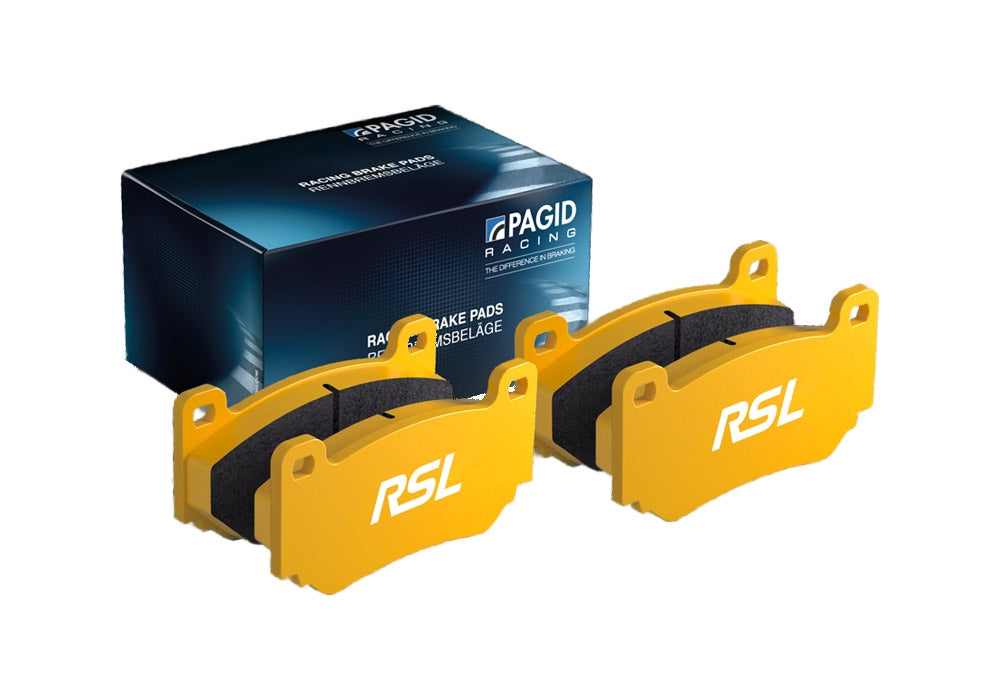
Pagid Brake Pads - RS Compounds and Friction Profile

PAGID Friction Compounds
- Medium High Friction Coef
- Good Initial Bite
- Very Good modulation and control
- Low Wear rate and fade resistance up to 700C
RS 34 is a compound specifically developed for formula cars and single seaters with a considerable level of aerodynamic downforce. Its high friction level and optimized shape of friction curve contribute to an excellent controllability with a contained pad wear, which both remain consistent characteristics.
- High Friction Level Range for formula applications
- Quick Initial Bite
- Optimized Modulation
- Contained Pad Wear
- Enhanced Disc life
RS 36 is a compound specifically developed for formula cars and single seaters with a considerable level of aerodynamic downforce. The characteristic shape of its friction curve contributes to modulation, while protecting the disc.
- Medium Friction Level
- Optimized Control and Modulation
- Contained Pad Wear
- Enhanced Disc Life
RS 42 is a low metallic resin bonded material containing steel and aramid fibers. The characteristics make this material appropriate for small formula cars.
- Medium Friction
- Medium Initial Bite
- Good Cold Friction
RS 44 works for formula cars all the way up to lighter passenger cars. It is a low metallic resin bonded material containing steel and aramid fibers. The smooth progression of friction from cold to hot makes this material easy to work with.
- Medium Friction Coefficient
- Medium Initial Bite
- Excellent pedal modulation.
Technical Tips for Pagid:
AVOIDING BRAKE JUDDER
Brake judder is caused by an uneven buildup of pad material on the friction surface of the disc. This can occur with improper or incomplete bed-in, or when changing between incompatible pad materials on the same disc. During bed-in some judder can occur for the first 5 to 10 laps or until the discs and pads are sufficiently warmed and can vary from a barely noticeable vibration to a violent shake.
Uneven pad transfer can also be caused by Imprinting, which is staying too long on the pedal when the car is standing still, but the brakes are hot. Small particles of the friction material can bond into the disc surface, or potentially pull the transferred layer out of the disc surface.
WATCH THE TEMPS!
We recommend monitoring the peak brake disc temps with a thermal paint kit, the most common of which is the 3 color (Green, Orange, Red) system.
Ideally, the green paint (430°C / 806°F) should be completely oxidized (turns white), the orange paint (560°C / 1040°F) should be symmetrically beginning to oxidize and the red paint (610°C / 1130°F) should be un-touched or change only slightly.
Caliper temps can be monitored with temperature strips to assist with pinpointing heat-related system issues.
